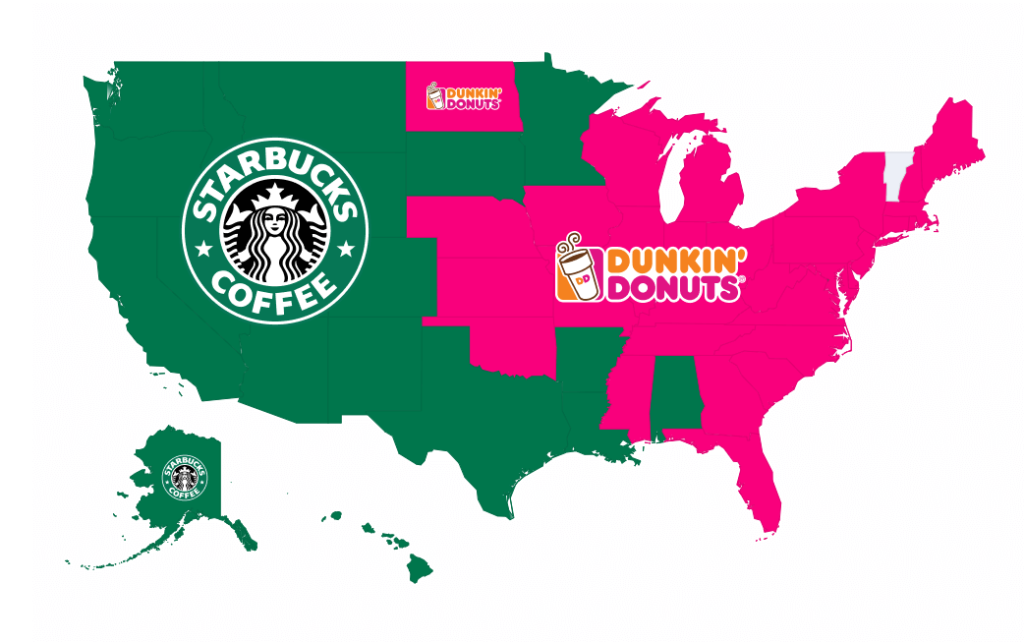
The Hidden Danger of Pricing Wars
Pricing wars are a common phenomenon in the competitive world of business, where companies continuously lower their prices to outdo one another. At first glance, this strategy seems like a winning move to attract customers and gain market share. However, there’s a major risk involved: a Nash Equilibrium in pricing wars. This concept, stemming from game theory, reveals how this endless cycle of price cuts can end up hurting everyone involved, leaving businesses with thinner profit margins and little to show for their efforts.
In this article, we’ll explore the concept of Nash Equilibrium, look at some real-world examples from U.S. industries, and suggest strategies to avoid falling into this detrimental pricing trap.
What is Nash Equilibrium?
The Nash Equilibrium is a term from game theory that describes a situation where all players (or businesses) in a competitive environment have chosen their best strategy, given what others have chosen. In simpler terms, no one can improve their position by changing their strategy, provided the other competitors maintain theirs.
In a Nash Equilibrium in pricing wars, companies are stuck in a loop where each competitor cuts their prices in response to the others. The result is that everyone ends up in a situation where no one can change their pricing strategy without making things worse, but no one is actually benefiting either.
In pricing wars, this leads to an unfortunate outcome: all companies involved lose because they’ve lowered prices to the point where their profits are significantly reduced, and it’s hard to raise prices again without losing customers.
Also Read : The Marketing Prisoner’s Dilemma: Compete or Collaborate?
How Does the Nash Equilibrium Affect Pricing Wars?
The key feature of a Nash Equilibrium in pricing wars is that it creates a situation where all players (companies) are “stuck” in a strategy that isn’t profitable. This happens when companies react to competitors’ price cuts by lowering their own prices, but the collective effect is that all of them end up with lower margins and fewer resources to improve their products or services.
Here’s a breakdown of the core factors that contribute to this issue:
1. Price Cuts Lead to Thinner Margins
When businesses drop their prices to compete, they often do so to attract more customers. However, this results in a reduced profit margin per unit sold. Let’s look at an example in the U.S. airline industry:
Real-World Example: The Airline Industry
Airlines like Delta, United, and American Airlines are constantly in competition with each other to capture the largest share of passengers. A common tactic is to lower fares on popular routes to outbid competitors. While this approach may temporarily boost bookings, it ultimately leads to thinner profit margins. The cost of operating an airline doesn’t drop simply because ticket prices are lowered—fuel, maintenance, and labor costs remain high.
As a result, although airlines may have more passengers, they aren’t generating significant profits from each ticket sale. Ultimately, this price war leaves every airline worse off. All competitors are stuck in a Nash Equilibrium, where none can raise prices without risking losing customers to competitors who maintain lower fares.
2. Escalating Operational Costs
To remain competitive in a pricing war, businesses often end up spending more on advertising, promotions, and discounts. This increases their overall operating costs, further reducing the profitability of each sale.
For example, in the grocery store industry—giants like Walmart and Target often slash prices on common items like household goods and food to outbid each other. But this strategy not only reduces their profit margins on those items but also requires a huge investment in marketing to highlight their price cuts. Furthermore, both brands need to hire more staff to handle the higher volume of customers drawn in by these discounts.
The unfortunate result is that companies end up spending so much to maintain their competitive edge that the money they lose in the pricing war could have been better spent on enhancing their products, services, or overall customer experience.
3. Consumer Expectations of Low Prices
When businesses engage in constant price cuts, they condition consumers to expect these low prices to continue. If a company suddenly raises its prices, customers may perceive it as a loss of value and switch to a competitor, keeping the pricing war alive. This makes it nearly impossible for businesses to raise prices again without losing customers who are now accustomed to cheap deals.
4. Lack of Innovation and Long-Term Growth
When businesses focus solely on cutting prices, they take away resources from areas that could help them grow in the long term, such as innovation, product development, or improving customer service. As a result, while they may attract more customers in the short term, their offerings may become outdated, leading to a long-term decline in market share and revenue.
continue reading…


